When done right, QA can catch bugs and issues with your app before it hits the market, creating a smoother user experience.

Quality assurance, also called QA, is a crucial part of the mobile app development process.
When done right, QA can catch bugs and issues with your app before it hits the market, creating a smoother user experience.
While the quality assurance process should be conducted well before your app launches, it should also continue as you release future versions and mobile app updates.
In this article, we’ll take a look at quality assurance in mobile app development and how you can use it to your advantage.

Table of Contents
- What is Quality Assurance?
- Why Quality Assurance is Important
- Steps Of The Quality Assurance Testing Process
- Functionality Tests
- Cross-Platform Tests
- UI Testing
- Security Testing
- Performance Testing
- Regression Testing
- Automated Testing
- Best Quality Assurance Tools
- Tips For Quality Assurance Testing
- Test On Multiple Devices
- Document Your Tests
- Use Both Manual And Automated Tests
Quality assurance in mobile app development is the systematic and comprehensive approach taken to ensure that an app meets the highest standards of functionality, usability, reliability, and performance.
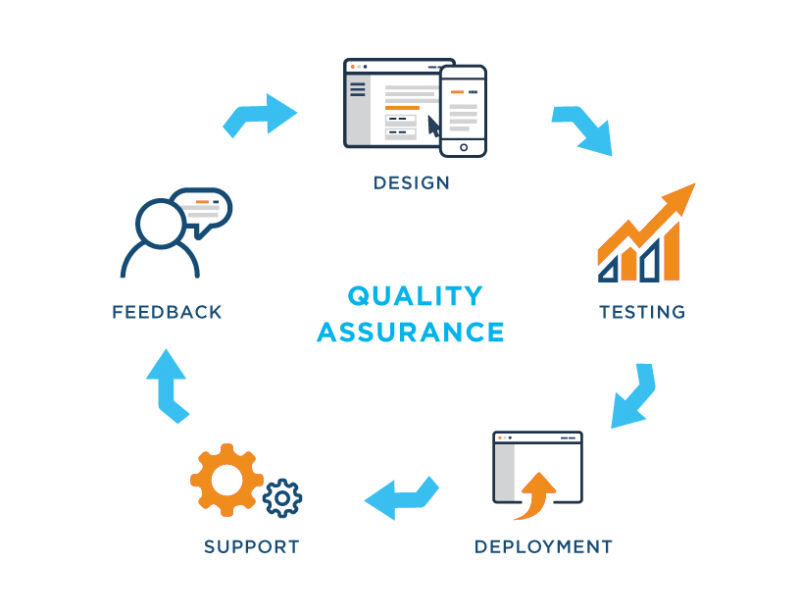
Photo Credit: techentice.com
It involves a range of activities conducted throughout the development lifecycle, like planning, designing test cases, executing tests, identifying and reporting defects, and verifying fixes.
Quality assurance (or QA) aims to uncover any potential flaws or issues in the mobile app and ensure that it provides an optimal user experience across different devices, operating systems, and network conditions.
By conducting various testing techniques and methodologies, like functional testing, usability testing, performance testing, and security testing, quality assurance strives to deliver a polished and error-free app that fulfills user expectations and achieves the desired business objectives.
PRO TIP:
Keep in mind, the quality assurance process isn’t only about looking for defects. It’s also about finding any potential roadblocks that might affect the overall quality of the app and the end-user experience.
1.1: Why Quality Assurance is Important
One thing to consider when developing your app is the time it takes to conduct QA testing.

Just remember that while the process does require more development hours, it’s well worth it to ensure your app performs optimally in the long run.
With thousands of mobile apps on the market today, you’ll be facing stiff competition. Today’s mobile users are very discerning and will gravitate towards apps with consistently smooth performance.
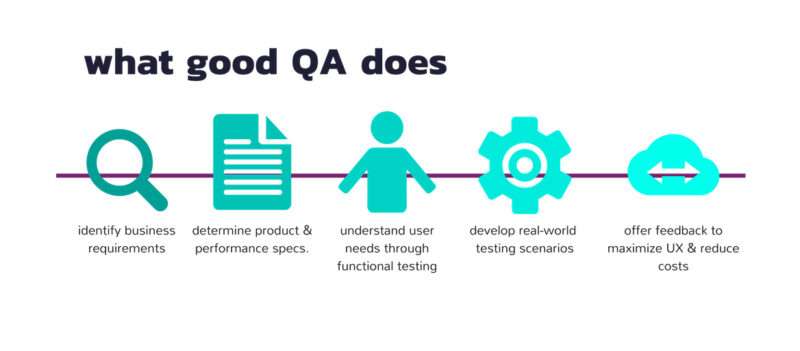
If your app crashes or experiences glitches regularly, users are going to be much more likely to delete it. Performing proper quality assurance tests reduces the chances of this happening.
As mentioned earlier, QA testing will ultimately save you time and money in the end.
By taking the time to do this before your app goes live, you’ll reduce the chances of having to do damage control later on.
Think of it as an investment.
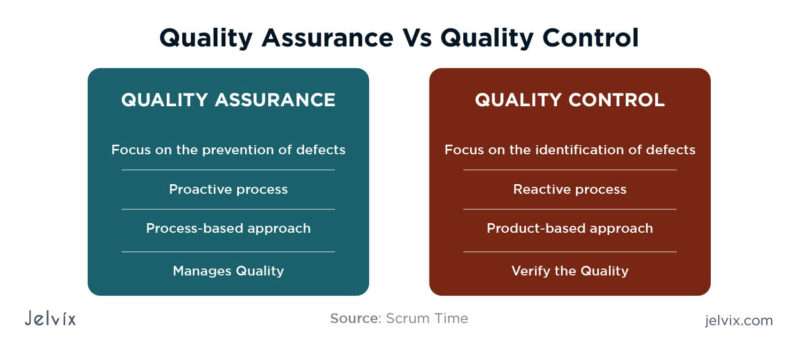
Not only does quality assurance reduce the chances of angry users or an angry client, it also saves you time on maintenance. This can give you more time to focus on future updates or new projects.
Every mobile app is different, and that means that each quality assurance testing process is going to look a bit different as well.
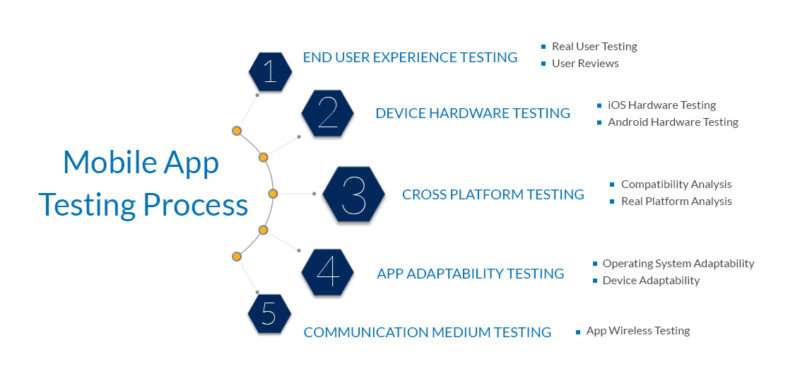
With that said, there are some standard quality assurance tests that you can perform for any app.
Here are some of the most common QA testing strategies for mobile apps.
2.1: Functionality Tests
Functionality tests are a major aspect of mobile app testing.
These tests focus on evaluating the functionality or behavior of a mobile app to ensure that it performs as intended and meets the specified requirements.
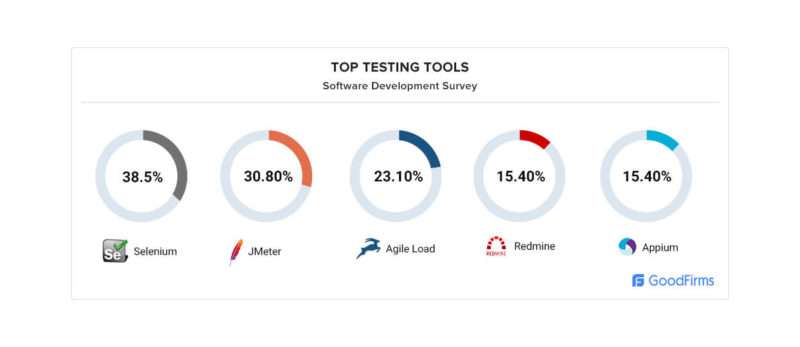
Functionality tests verify that all the features, buttons, menus, and interactive elements within the app are working correctly and delivering the expected results.
Test cases are designed to cover various scenarios and user interactions, simulating real-world usage to identify any issues or defects that may hinder the app’s functionality.
By conducting these kinds of tests, developers can detect and rectify bugs, validate the app’s functionality across different devices and operating systems, and ensure that users can seamlessly navigate through the app, access its features, and accomplish their intended tasks without any glitches.
PRO TIP:
It’s important to make sure you’re testing using accurate user conditions for the best results.
2.2: Cross-Platform Tests
Another important part of the quality assurance process is cross-platform testing. These types of tests are essential if you’re releasing your app on both iPhone and Android.

With cross-platform tests, you’ll be testing both versions of the app to make sure they deliver the same end result and performance.
In order for your app to work on both operating systems, the versions often have to have slightly different features. During cross-platform testing, you can make tweaks depending on what each individual device requires.
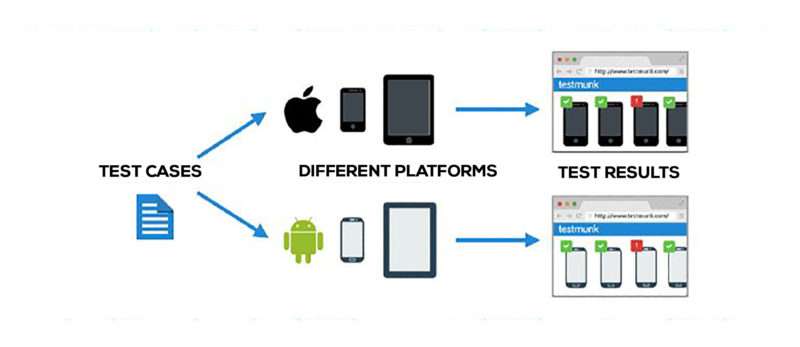
There are several cross-platform testing programs on the market already, which you can use to streamline the process.
2.3: UI Testing
Not only does your app need to work properly without crashes or glitches, but it also needs to be easy for the users to navigate and work.
This is where user interface testing comes in. During this process, you’ll have users test the app before it hits the market.
UI testers can identify places where the app feels clunky or unintuitive. They can also provide valuable suggestions about how to improve the app moving forward.

Your UI testers can uncover bugs or glitches that you wouldn’t have caught otherwise. Having a fresh set of eyes on your app can offer a new perspective.
UI testing can be conducted at various points during the development process. If your app isn’t completely finished yet but you want to test certain parts of it, you can use a prototype.
PRO TIP:
Prototypes are a great way to get your users’ opinions before you take the time to code a new function or feature.
2.4: Security Testing
We live in a world where digital security threats are always present. Because of this, it’s important to include security testing in your quality assurance process.
The security risks of your app will vary depending on what type of data it collects from your users.

Photo Credit: hsc.com
Of course, you’ll need to make sure that your app can adequately keep passwords and personal information safe and private. You’ll also need to make sure the app can maintain a safe encrypted connection.
You also may need to address certain industry regulations depending on what type of app it is. Apps in the financial or healthcare industries may require extra security measures in order to be compliant.
2.5: Performance Testing
This type of testing ensures that your app can perform well in a real-world environment. You’ll need to test your app on an actual device that’s running other apps concurrently.

Performance testing can help you identify if the app uses an excess amount of battery or takes up too much memory.
This type of testing will also ensure that the app doesn’t otherwise interfere with the functioning of your phone
Even if the app has been working well for you as a developer, there might be real-world performance issues that you just can’t catch on your own. This is why quality assurance is key.

Photo Credit: medium.com
2.6: Regression Testing
Chances are, you plan on updating your app at some point in the future. You’ll need to make sure that you can make changes to the app without it crashing.
It’s normal for small changes to your app to cause bigger issues if you haven’t effectively prepared for this situation.

Regression testing can help you identify where these problems could happen before you make updates. It ensures that your code is robust enough to handle these changes and it identifies weak points that may need to be strengthened.
Regression testing can be ongoing as you make changes to the app. As you continue to get feedback from your users, you’ll have more opportunities to make changes.

Photo Credit: qanish.wordpress.com
2.7: Automated Testing
While many quality assurance tests are conducted manually, you can also supplement this with automated testing.
There are many automated testing programs designed specifically for mobile apps that you can use in conjunction with manual testing.
Automated tests will run through all the possible flows of your app on their own and identify potential problems.
There are plenty of excellent tools you can use to streamline the quality assurance process as you’re building a mobile app.
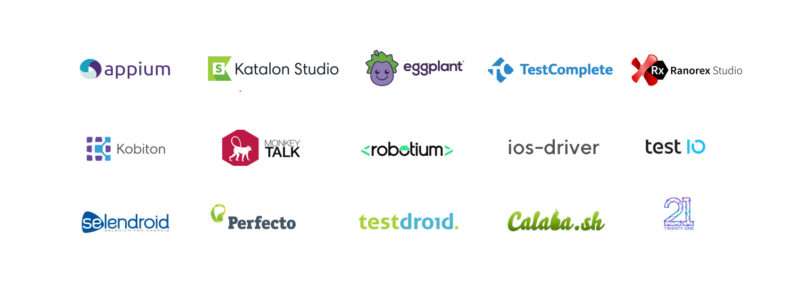
In fact, there are so many quality assurance tools on the market now that it would be very difficult to list all of the best options.
Here are some of the most popular QA tools available right now and how they work.
3.1: Firebase Crashlytics
Crashlytics is part of the broader Google ecosystem and integrates with Google Analytics. If you’re already working within the Google ecosystem, this is an easy tool to implement.

It’s an ongoing crash reporting tool that works in real time. This tool will identify the root cause of the crash as well as how it affects your users.
By helping you find the root cause of the crash, you can use this tool to determine exactly where you need to make changes to the app.
In addition to integrating with other Google tools, Crashlytics also integrates with Slack and other types of project management software.
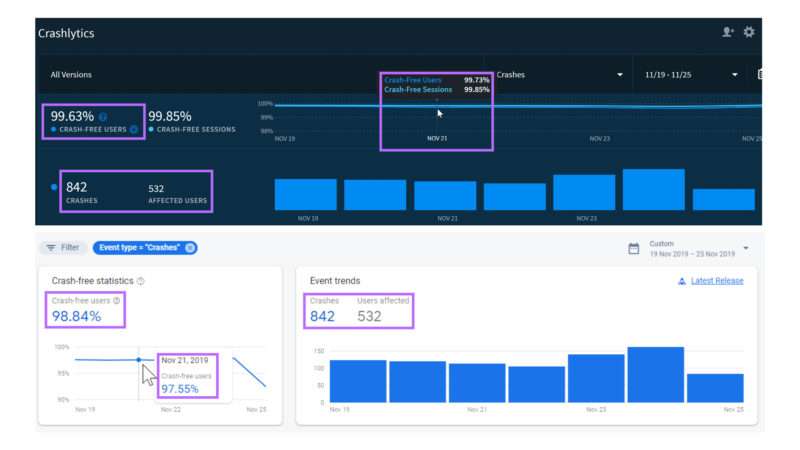
3.2: TestRail
TestRail is a tool that helps you plan and organize your quality assurance testing. Since the quality assurance process requires so many different tests, this is a great way for teams to stay organized.
With TestRail, you can schedule tests or put them on a to-do list, and then keep track of all of the results in one place when they’re done. This tool also provides comprehensive metric reports.
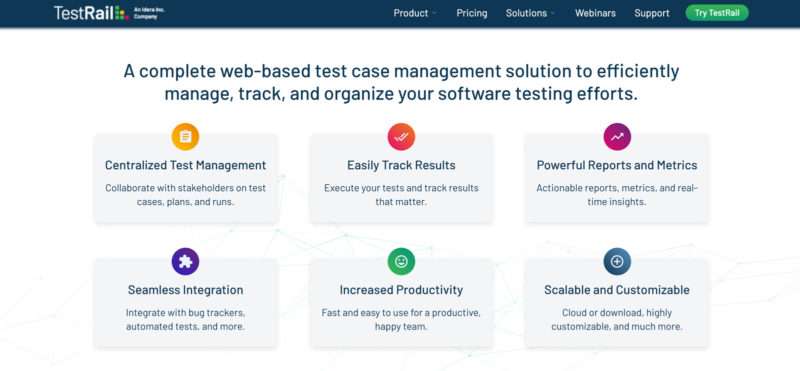
By keeping all of your tests in one place, you can use this tool to streamline the quality assurance process.
3.3: Kobiton
Kobiton is a versatile quality assurance testing tool that you can use for many different types of projects.
You can use this tool to conduct a variety of manual and automated tests. These include function testing, UI testing, cross-platform testing, and more.
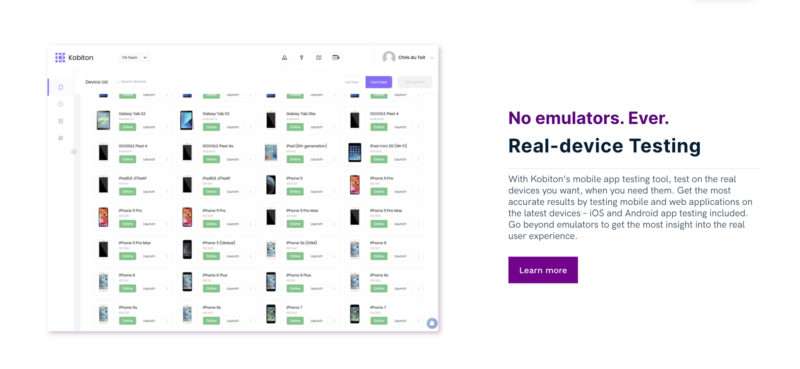
What makes this tool so helpful is that you can use it to test on a huge variety of real devices. This can help you achieve more accurate test results.
3.4: Appium
Appium is another popular QA testing tool among developers. It works with a wide variety of applications and integrates with both Android and iOS operating systems.
Appium also integrates with a variety of popular development tools. This makes it easier to conduct quality assurance testing throughout the development process.
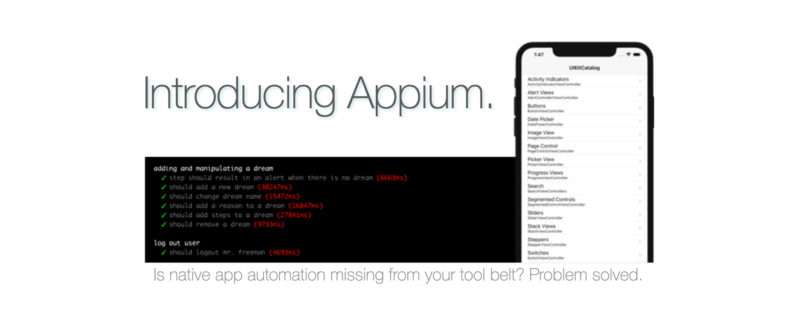
The quality assurance testing process is going to involve your entire team. Here are some tips to help the process run smoothly and efficiently.
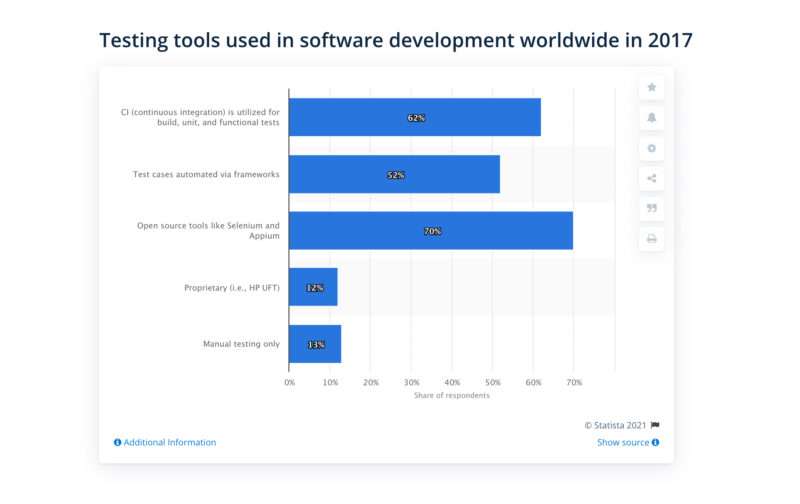
4.1: Test On Multiple Devices
One of the most important things to do when testing is to ensure that you’re testing on multiple real-life devices.

This means not only testing on both iOS and Android, but also on different phone models as well.
By testing the app on real devices, you’ll get a more realistic idea of how your app will appear to users and what things you’ll need to fix.
This will also help you ensure that your app delivers the same functionality across devices, which is key.
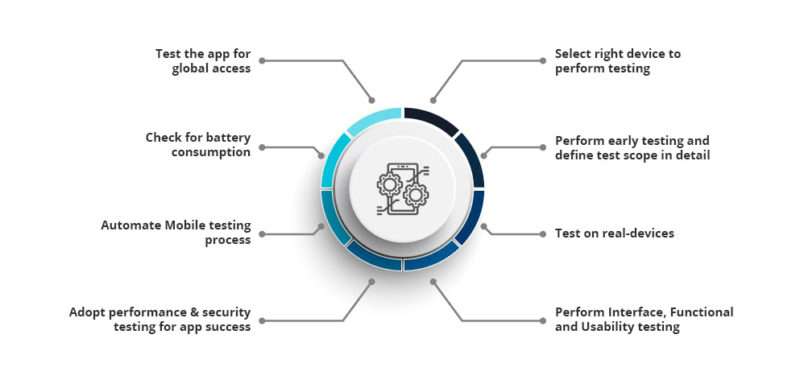
Photo Credit: testingxperts.com
4.2: Document Your Tests
Your app is something that’s going to be evolving consistently. Documenting each test you run and the results is essential, as you may need to revisit them later on.
PRO TIP:
Make sure to have your documentation available to all team members that need it. Having this documentation accessible can help streamline the maintenance process moving forward.
4.3: Use Both Manual And Automated Tests
For the best results, you’ll need to use both manual and automated tests throughout the quality assurance process.
While automated tests are very efficient, manual tests can help you catch problems that an automated tool might miss.
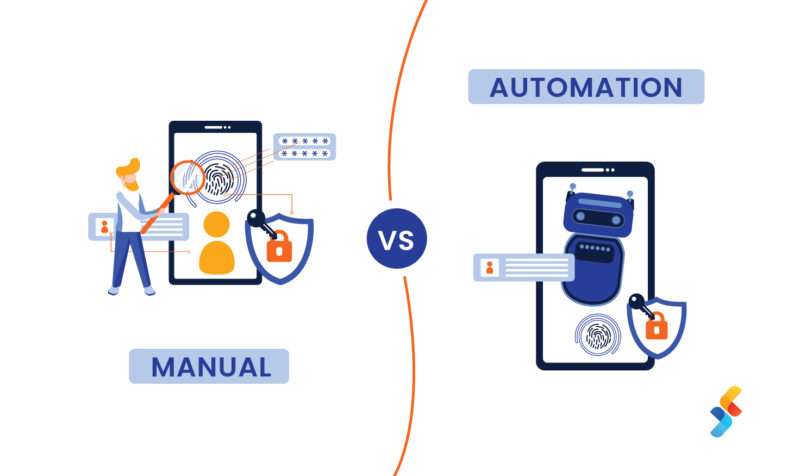
Quality assurance is a key element in the mobile app development process.
Today’s mobile users are sensitive to glitches and crashes, and many won’t hesitate to uninstall apps that don’t live up to their performance standards.
Stay on top of your mobile app project testing every step of the way.




